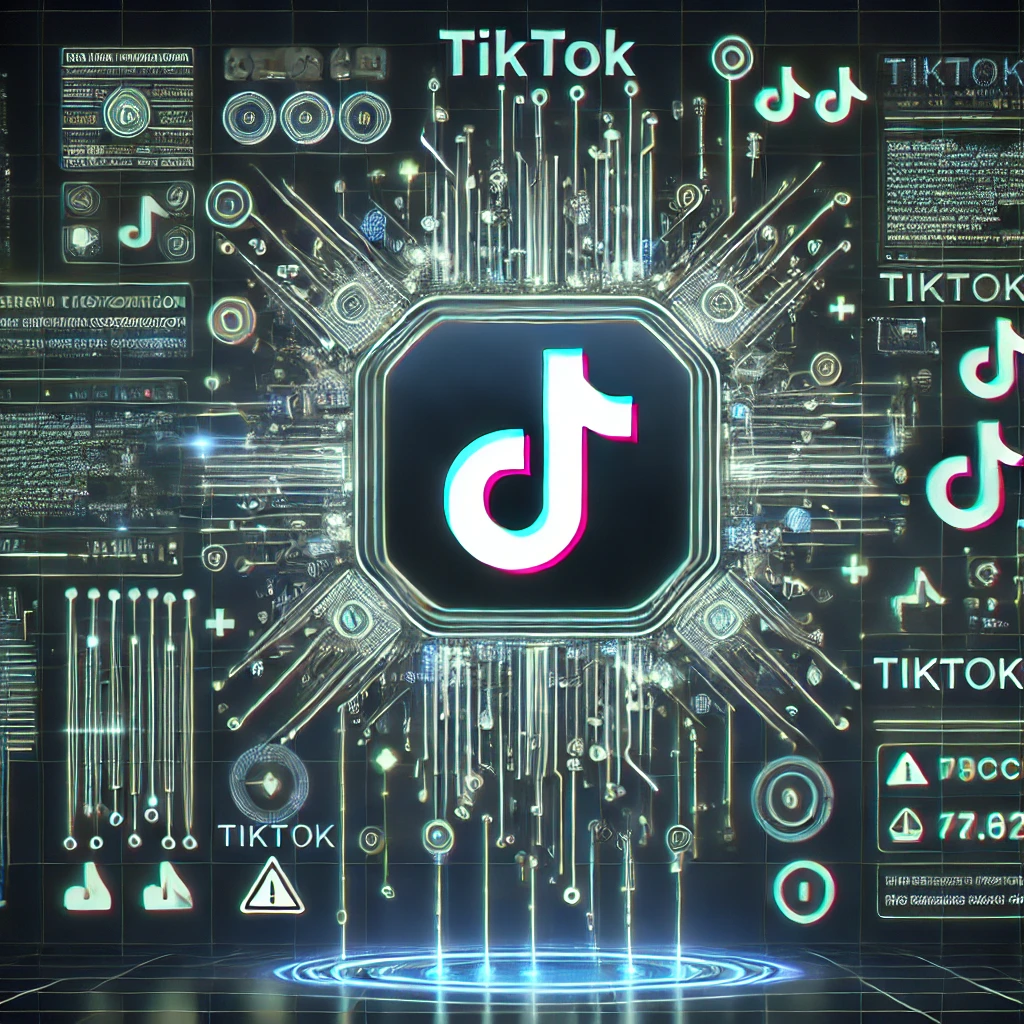This is a blog post I put together for distribution internally. Feel free to take and use as part of your own security awareness program. Created with help from ChatGPT
In the ever-evolving landscape of social media, TikTok has emerged as a dominant force, especially among younger generations. While the platform offers endless streams of creative content, it also harbors a growing concern: the spread of misinformation. Recent research has revealed that 33% of young Americans have encountered political lies on TikTok, highlighting the platform's significant role in shaping political perceptions.
As misinformation continues to proliferate across social media, it’s crucial to understand how it spreads, its potential impact, and the steps we can take to protect ourselves.
The Power of TikTok and the Rise of Misinformation
TikTok’s algorithm is designed to keep users engaged by serving up content tailored to their interests. However, this algorithmic precision also makes it easier for misinformation to find its way into users’ feeds. Content that sparks strong emotional reactions—whether outrage, fear, or excitement—tends to spread rapidly, often without scrutiny.
Political misinformation can have far-reaching consequences. False narratives can skew public perception, influence voting behavior, and deepen societal divides. For young Americans, many of whom turn to social media as their primary news source, the risks are especially pronounced.
The Cybersecurity Implications of Misinformation
While misinformation may seem like a mere nuisance, it poses serious cybersecurity risks. Cybercriminals can exploit false information to launch sophisticated social engineering attacks. For example, a fake news story might be used as bait in a phishing campaign, luring users to click on malicious links or download harmful software. Once trust is established through seemingly legitimate content, attackers can easily manipulate their targets.
Moreover, misinformation can be used to incite panic or distrust, leading to actions that compromise security. For instance, during elections, misinformation about voting procedures can confuse voters, leading to disenfranchisement or chaos at polling stations. In such scenarios, the lines between misinformation and cyber threats blur, creating a fertile ground for malicious activities.
Recognizing and Combating Misinformation
Understanding how to identify and counter misinformation is crucial in today’s digital age. Here are some strategies to help you stay informed and secure:
Critical Evaluation of Sources:
Not all information online is created equal. Always consider the source of the information. Is it from a reputable news outlet or a verified account? Be wary of anonymous sources or accounts with little to no background information.
Check the publication date to ensure the information is current. Outdated information, when recirculated, can cause unnecessary confusion.
Cross-Referencing Information:
Before accepting information as true, verify it through multiple credible sources. Misinformation often crumbles under scrutiny when checked against reliable reports or official statements.
Use fact-checking websites like Snopes or FactCheck.org to confirm the validity of sensational claims.
Recognizing Emotional Manipulation:
Misinformation often relies on eliciting strong emotional responses to bypass rational thinking. Be cautious of content that triggers immediate emotional reactions such as anger, fear, or joy.
Pause and reflect before sharing emotionally charged content. Consider why it evokes such a strong response and whether the information could be misleading.
Awareness of Manipulative Tactics:
Social media is rife with clickbait headlines designed to draw users in. These headlines may oversimplify, exaggerate, or completely fabricate information. Always read beyond the headline before forming an opinion.
Be mindful of deepfakes and manipulated media. Advances in technology have made it easier to create realistic but entirely fake images and videos that can be used to spread falsehoods.
Educating Yourself and Others:
Stay informed about the latest tactics used to spread misinformation. Knowledge is your first line of defense. Participate in digital literacy programs and encourage others to do the same.
Engage in discussions with friends and family about the importance of verifying information before sharing it. Misinformation spreads quickly when people don’t take the time to fact-check.
The Broader Impact of Misinformation
The dangers of misinformation extend beyond individual harm. On a larger scale, widespread misinformation can erode trust in institutions, polarize societies, and even threaten democratic processes. In an environment where misinformation thrives, it becomes increasingly difficult to have informed, rational discussions on critical issues.
Moreover, the spread of misinformation can contribute to the normalization of falsehoods. As false narratives become more prevalent, they can start to shape reality, influencing public opinion and policy in ways that are harmful or unjust.
Conclusion: Staying Vigilant in a Digital World
In an age where information is at our fingertips, the responsibility to discern truth from falsehood rests on each of us. TikTok and other social media platforms offer immense value, but they also present risks that must be navigated carefully. By adopting a skeptical mindset, verifying the content we encounter, and educating ourselves and others, we can protect ourselves from the dangers of misinformation.
As we continue to interact with digital content, let’s commit to being informed and responsible consumers of information. In doing so, we not only safeguard our own security but also contribute to a more truthful and resilient digital community.

